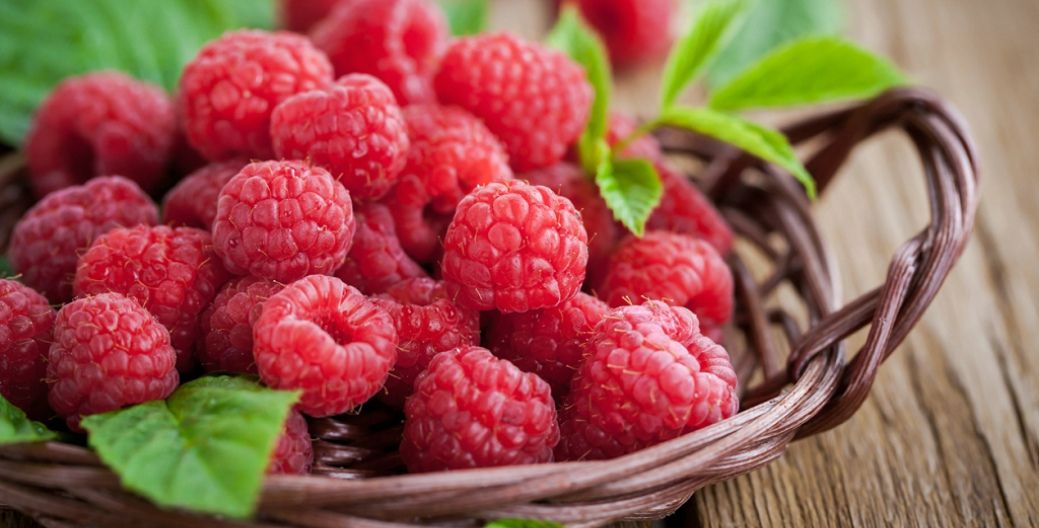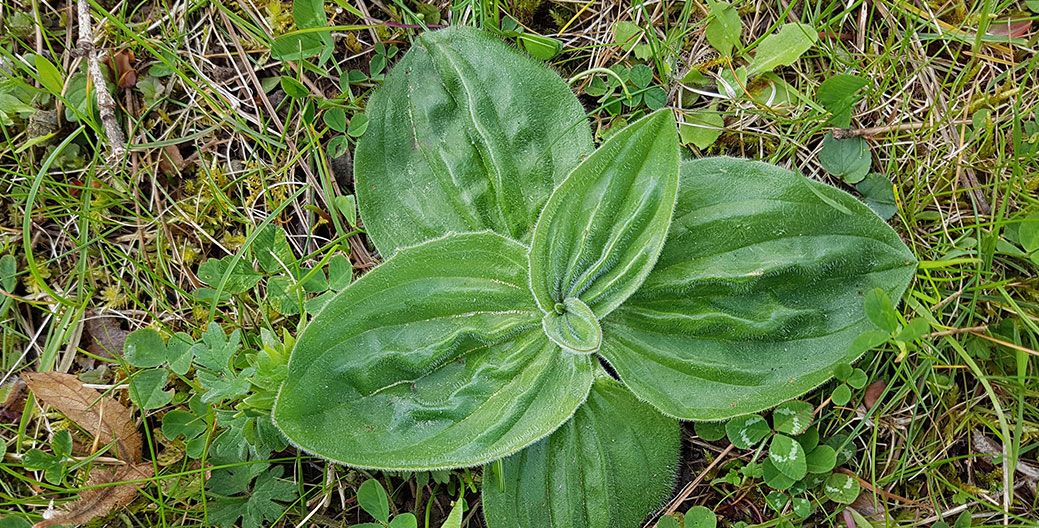Plant Collection Best Perennial Plant to Grow Orange daylily See More The Orange daylily is a perennial plant known for its captivating lily-like blooms. Its natural habitats are meadows and forests, but it is also a common garden plant in temperate regions around the world. Each individual flower lasts only a day, but the plantContinue reading “Best Perennial Plant to Grow”


Plant Collection Best Perennial Plant to Grow China rose See More The China rose (Rosa chinensis) is a Southwest China native. The plant has been cultivated for so long that it has become hard to tell the difference between wild and cultivated varieties. With medium-sized clusters of flowers and a long blooming season, it isContinue reading “Best Perennial Plant to Grow”

Plant Collection Weed Identification: 15 Common Unwelcome Weeds Even with the best-laid plans, it’s hard to control your outdoor spaces. Those ideal growing conditions that you work so hard to cultivate for your landscaping plants are also fertile ground for the wild plants we call “weeds.” The following is a list of some of theContinue reading “Weed Identification: 15 Common Unwelcome Weeds”

Plant Collection Weed Identification: 15 Common Unwelcome Weeds Even with the best-laid plans, it’s hard to control your outdoor spaces. Those ideal growing conditions that you work so hard to cultivate for your landscaping plants are also fertile ground for the wild plants we call “weeds.” The following is a list of some of theContinue reading “Weed Identification: 15 Common Unwelcome Weeds”







